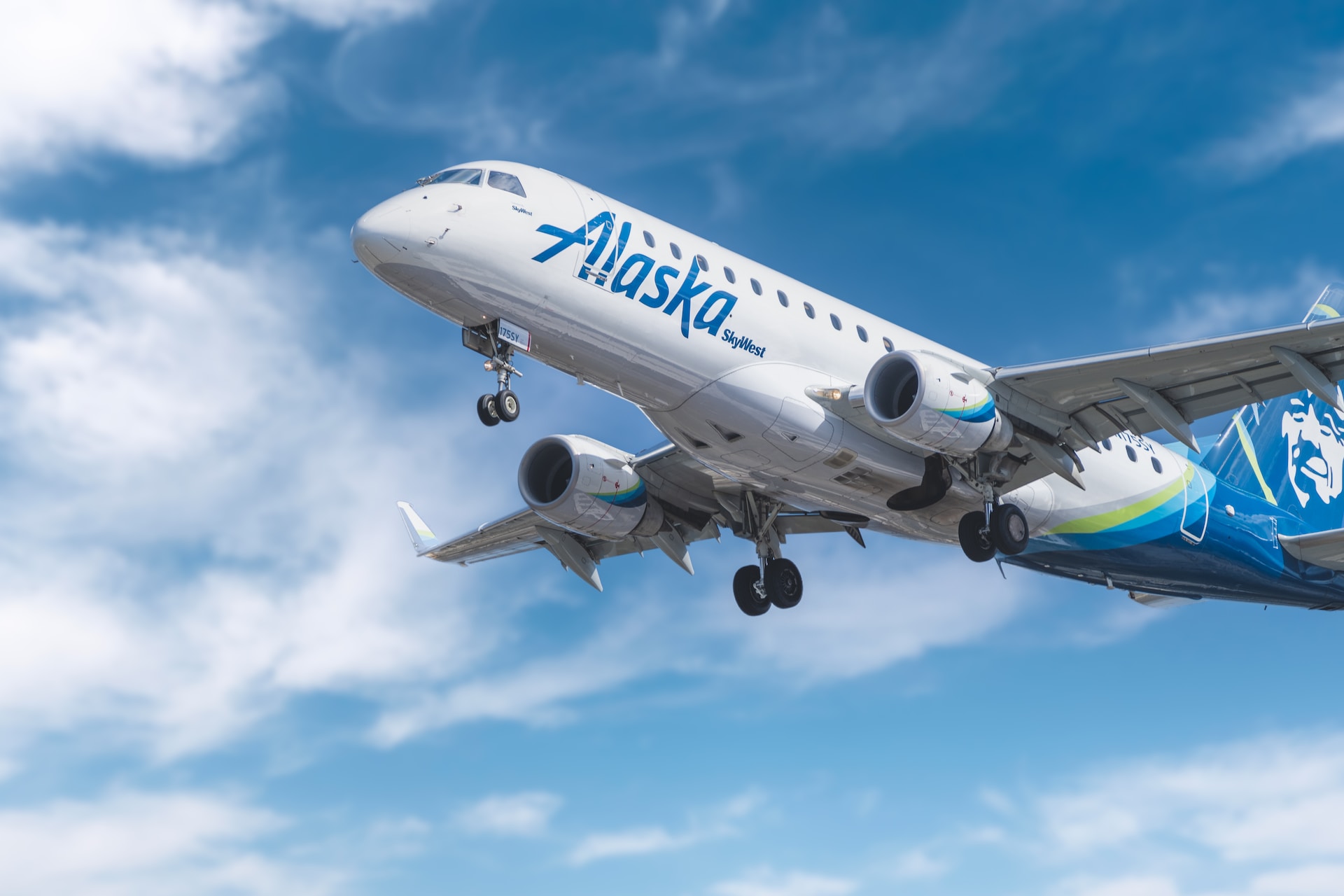Flight delays can be incredibly frustrating, causing inconvenience and disrupting travel plans. However, many passengers are unaware of their rights when it comes to compensation for flight delays, especially when flying with Alaska Airlines. In this guide, we will unveil the secret to getting paid for your flight delay with Alaska Airlines. We’ll explore the reasons behind flight delays, the regulations governing compensation, and the step-by-step process to claim what you’re entitled to.
Alaska Airlines, like any other airline, may occasionally experience flight delays. These delays can occur for various reasons, ranging from factors within the airline’s control to external circumstances. Here are some common reasons for flight delays with Alaska Airlines:
1: Weather Conditions: Adverse weather conditions such as heavy rain, snow, fog, or thunderstorms can lead to flight delays. Alaska, in particular, operates in regions where weather conditions can be unpredictable, such as in Alaska itself.
2: Technical Issues: Aircraft maintenance and technical problems can cause delays as airlines prioritize passenger safety. These issues may involve repairing or replacing aircraft components, leading to flight postponements.
3: Air Traffic Congestion: Busy air traffic corridors, especially around major airports, can lead to delays as flights must wait for their turn to take off or land.
4: Crew-Related Issues: Delays can occur if the flight crew is delayed due to factors like rest regulations, scheduling conflicts, or transportation issues.
5: Security Concerns: Occasionally, security-related issues or concerns can lead to delays, such as a security breach at an airport or suspicious activity.
6: Operational Factors: Issues with ground operations, such as baggage handling or fueling, can also cause flight delays.
7: Late Arrivals: If an inbound flight arrives late, it can lead to a delay for the subsequent outbound flight.
Understanding the Causes of Flight Delays
Before diving into the compensation process, it’s essential to understand why flight delays happen. Common reasons include adverse weather conditions, technical issues, air traffic congestion, and crew-related problems. Delays can range from a few minutes to several hours, significantly affecting passengers’ plans.
Know Your Rights: Legal Framework for Compensation
In the United States, the Department of Transportation (DOT) has established regulations to protect passengers’ rights in the event of flight delays. Alaska Airlines, like all carriers, must adhere to these regulations. According to DOT rules, passengers may be eligible for compensation when:
- The delay is within the airline’s control.
- Passengers experience a significant delay or a flight cancellation.
- Passengers are denied boarding due to overbooking.
Alaska Airlines’ Compensation Policy
Alaska Airlines has its own compensation policy, which complements DOT regulations. Understanding this policy is crucial for passengers looking to claim compensation. The airline typically offers compensation in the form of travel vouchers, miles, or, in some cases, cash reimbursement.
Documenting Your Delay
To claim compensation successfully, you need to document your delay. This includes noting the flight number, departure and arrival times, and the reason for the delay. Take photographs or screenshots of information displayed at the airport or on the airline’s website. Keep your boarding pass and any other relevant documents.
Initiating the Compensation Process
The process of seeking compensation for a flight delay with Alaska Airlines begins at the airport. Approach the airline’s customer service desk or gate agent to inquire about compensation options. Be polite but persistent, and ask for specific details on what compensation they can offer.
Contacting Alaska Airlines Customer Service
If you couldn’t resolve the issue at the airport, the next step is to contact Alaska Airlines’ customer service. You can do this by phone, email, or through their website. Provide all the necessary details, including your flight information and the reason for your claim. Be prepared to explain the inconvenience and any additional costs incurred due to the delay.
Escalating Your Claim
In some cases, Alaska Airlines may not offer a satisfactory resolution. If this happens, you can escalate your claim to a higher authority within the airline. Ask to speak with a supervisor or manager who has the authority to make decisions regarding compensation.
Contacting the Department of Transportation
If your efforts to obtain compensation through Alaska Airlines are unsuccessful, you can contact the Department of Transportation. They can help mediate disputes between passengers and airlines. Make sure to provide all the documentation and correspondence related to your claim.
Alternative Compensation Sources
Aside from DOT regulations and Alaska Airlines’ policy, some passengers have successfully sought compensation through travel insurance or credit card benefits. Check if your travel insurance or credit card offers coverage for flight delays.
Patience and Persistence
Obtaining compensation for a flight delay can be a time-consuming process. It requires patience and persistence. Be prepared for the possibility of delays in responses from the airline or regulatory authorities.
Conclusion
Don’t let a flight delay ruin your travel experience with Alaska Airlines. Knowing your rights and understanding the compensation process is essential. By following the steps outlined in this guide, you can increase your chances of receiving the compensation you deserve for the inconvenience caused by a flight delay. Remember, persistence is key, and with the right documentation and approach, you can unlock the secret to getting paid for your flight delay.
